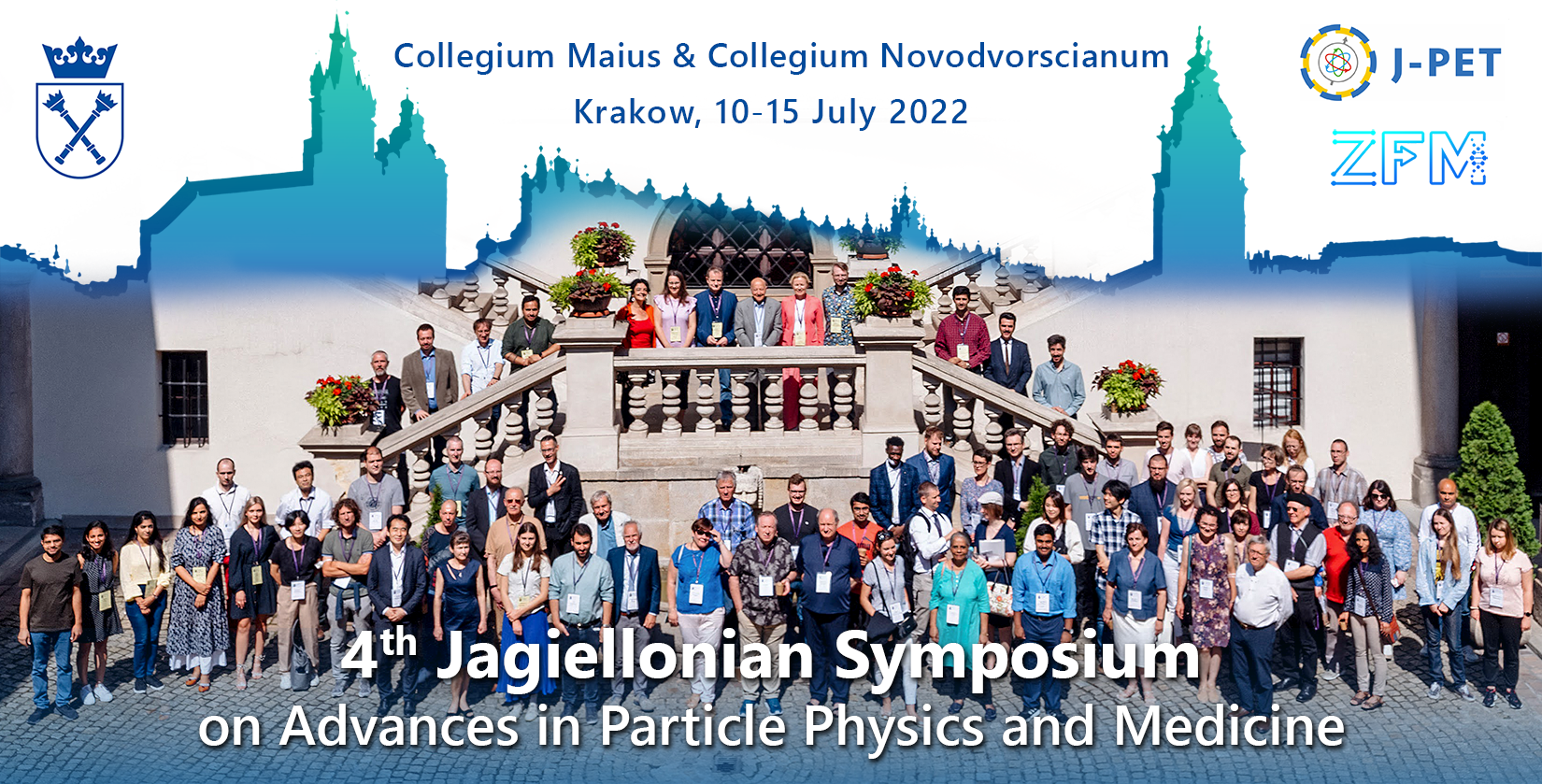Speaker
Description
Radiotherapy aims to deliver a specific dose of radiation to the treated area, destroying the tumour. Thanks to the use of newer technologies and their continuous development, it is possible to very precisely deliver the planned doses of radiation to the treated areas, while reducing the exposure of healthy tissues to radiation. Undoubtedly, physical simulations and the use of algorithms supporting the work of medical physicists contributed to the improvement of the quality of treatment. Due to their advantages, MC simulations are used both in the area of treatment planning and scientific research. However, to obtain reliable calculation results, it is necessary to previously validate the MC simulations, concerning experimental and reference data. This milestone has been already achieved in the scope of the Dose-3D project and this presentation is aimed to present its summary.
The Dose-3D project is a novel reconfigurable detector intended for a full spatial therapeutic dose reconstruction to improve radiotherapy treatment planning. The main challenge of the project is the construction of a 3D measurement matrix. One of the crucial challenges is the development of high-quality software for dose simulation, configuration and control of the entire device, and data analysis. A key issue in the research will be to obtain a high agreement between the simulated dose distributions and those measured during the detector tests. For this purpose, The GEANT4-RT simulator platform was assembled. The implementation of a reliably functioning platform using the GEANT4 engine to simulate the interaction of radiation with matter is crucial for the success of the entire project.
To verify the reliability of the modelled Varian Clinac 2300 C/D medical linear accelerator head and used physics model in the GEANT4-RT the spatial dose distributions were calculated and then correlated with the respective measurements provided by The Maria Sklodowska-Curie National Research Institute of Oncology in Krakow. The comparisons were conducted using a variety of methods including the common and standard verification approaches used in clinical practice like dose difference analysis and gamma test. The validation was extended by comparison with the results generated by Penelope engine based MC simulator - PRIMO, whose reliability was verified in addition to Geant4-RT scope of studies. Once the geometry specification of linac’s is not publicly available we rely on the linac model defined in the PRIMO simulator. Extracting phaspace for the given beam model from PRIMO we continued simulation in GEANT4-RT application including field modelling here.
Furthermore, MC simulation allows for physics model specifications and tuning values correlated with it like production cut. For this reason, it is necessary to verify the reliability of selected configurations. To execute such validation, an analysis of the photon interactions in the water phantom was performed.
In conclusion, MC simulation platform within the Dose-3D project has been initialised and verified as the in-house application for further development for reconfigurable scintillator phantom purposes.

